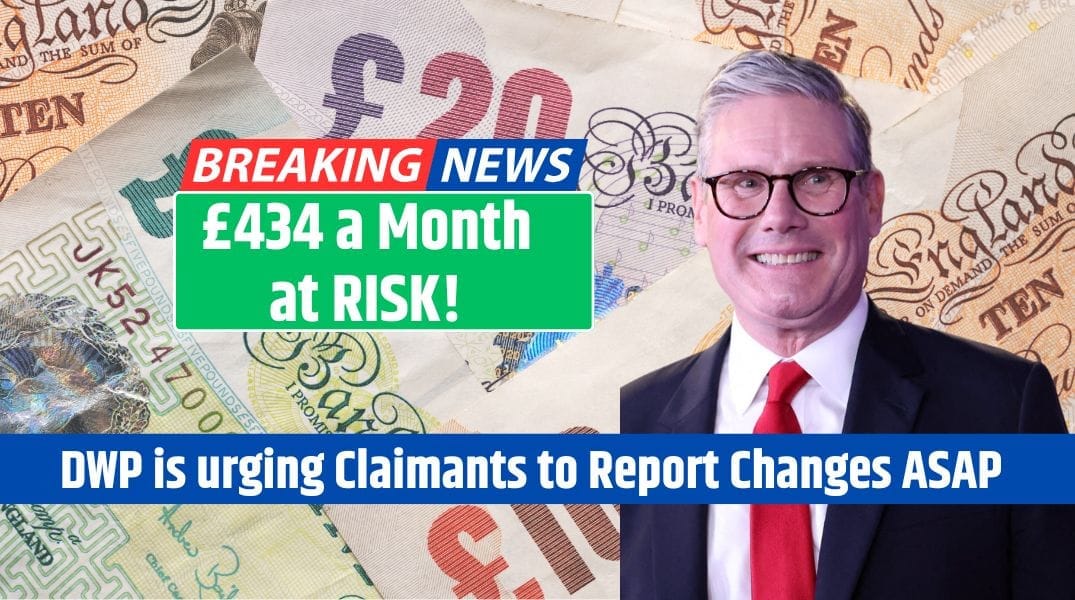The possibility of disability benefit cuts has sparked alarm among disability rights groups and campaigners in the UK. As the country grapples with an economic slowdown, a depreciating pound, and spiraling public debt, the government faces difficult decisions on balancing the budget. But could disability benefits be on the chopping block? Here’s what we know so far.
Current Context
The UK is struggling with its highest level of public debt since the 1960s, equivalent to nearly 100% of GDP. At the same time, borrowing costs have surged, narrowing the government’s ability to manage its fiscal rules. Labour has ruled out tax increases for working individuals, putting added pressure on the government to cut costs elsewhere.
With disability benefit spending projected to increase from £22 billion to £35 billion by 2029, ministers are reportedly exploring ways to tighten the eligibility criteria for these payments, particularly through stricter requirements for proof of disability.
Potential Reforms
The Department for Work and Pensions (DWP) is considering further reforms to the personal independence payments (PIP) framework. Proposed changes may include:
- Stricter guidelines for mental health conditions qualifying for benefits.
- A higher burden of proof, requiring more medical evidence to support claims.
While some reforms are aimed at reducing fraud or misallocation, critics argue that these measures could unfairly penalize vulnerable individuals already struggling with financial challenges.
Campaigners’ Concerns
Disability equality charities such as Scope and Disabled People Against Cuts have voiced their concerns. They argue that reducing benefits would exacerbate poverty and harm the wellbeing of disabled individuals who already face higher living costs due to their conditions.
Scope’s policy manager David Southgate stated:
“Life costs a lot more when you’re disabled, on average by over £1,000 every month. Benefits like PIP are a lifeline to help pay for vital equipment, support at home, or enough heating to stay well. Taking support away would be devastating.”
Dan White from the Disability Poverty Campaign Group added that proposed cuts conflict with the government’s stated aim of supporting disabled individuals into work. He emphasized that the threat of reduced benefits sends mixed messages, undermining trust in the system.
Rising Costs
Government spending on disability benefits has already risen substantially, from £65.7 billion in 2023/24 to a forecasted £74.2 billion in 2024/25. Of this, working-age disability benefits account for a significant portion, with spending on PIP alone expected to grow by 52% between 2023/24 and 2027/28.
The Treasury’s challenge lies in addressing this ballooning expenditure while maintaining support for those in need. However, the fear is that tightening benefit eligibility could disproportionately affect vulnerable groups.
Balancing Support
While the government’s strategy includes expanding access to mental health services and employment programs, campaigners argue that these measures alone won’t guarantee a decent standard of living for disabled individuals. Targeted support may help some enter employment, but many still depend on benefits to meet essential costs like food, housing, and healthcare.
The mixed messages from proposed reforms have left many questioning whether the government’s approach truly prioritizes the welfare of disabled citizens.
The fate of these benefits remains uncertain until the upcoming spending review. In the meantime, disability charities and advocates continue to call for reforms that address inefficiencies without compromising the financial security of disabled people.
Cutting benefits may save money in the short term, but the long-term consequences—poverty, inequality, and reduced quality of life—could be far more costly.
SOURCE – LINK
FAQs
What are PIP payments?
Personal Independence Payments support individuals with disabilities to cover extra living costs.
Why is disability benefit spending rising?
Rising costs are due to inflation and increased support for mental health conditions.
Will PIP reforms affect all recipients?
Not necessarily, but stricter rules may reduce eligibility for some applicants.
How much does the UK spend on disability benefits?
The UK spent £65.7bn on disability and incapacity benefits in 2023/24.
What are campaigners worried about?
Cuts could harm disabled people’s ability to afford basic living expenses.











